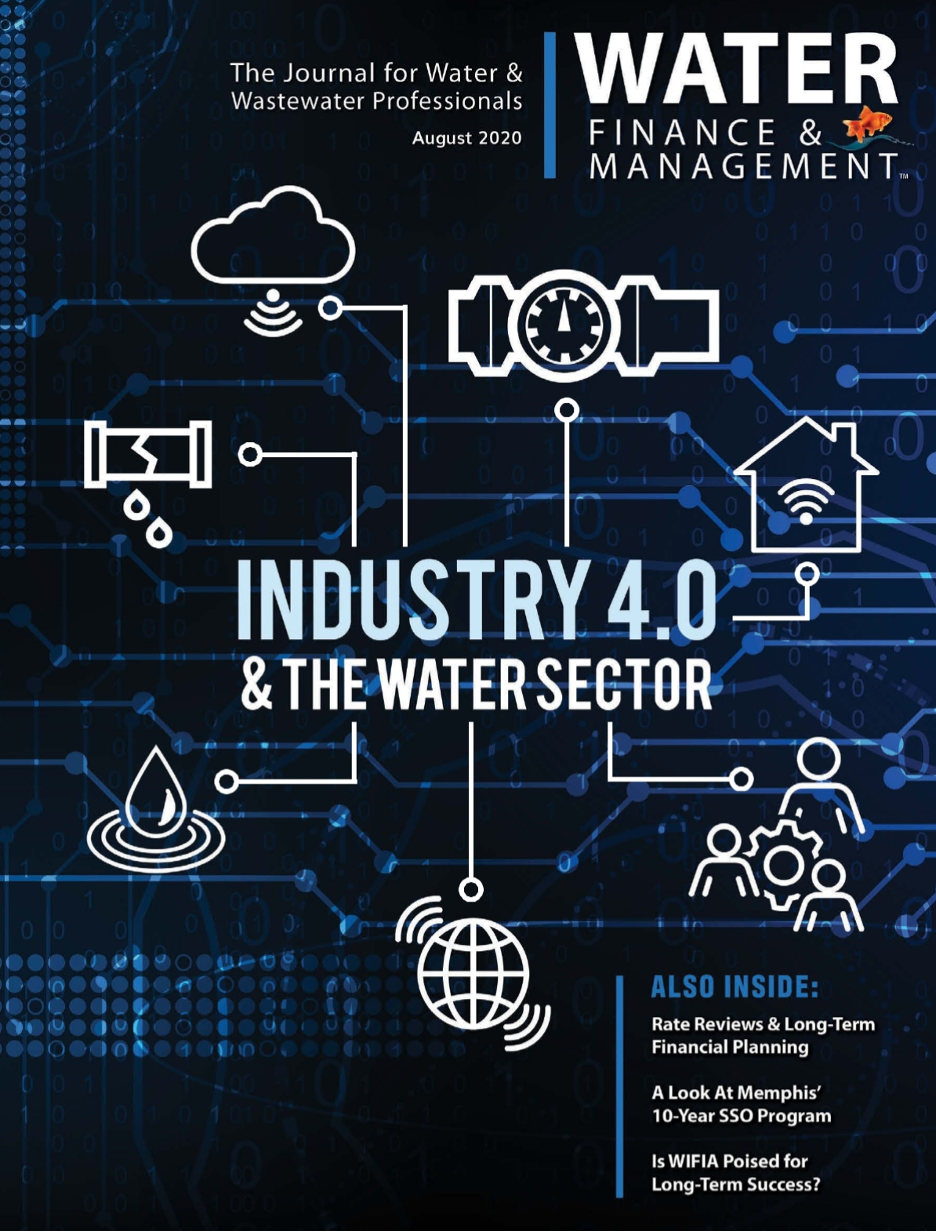Our Current Rate of Water Main Replacement in the United States is Inadequate
- dhatler
- May 28, 2020
- 2 min read
Updated: Oct 12, 2023
Dr. Steven Folkman in the July 2018 edition of Trenchless Technology states that, "The rate of water main replacement [in the USA and Canada] fits a 125-year replacement cycle (but most pipes won't last that long)." This is not new news but it's painful to read again. Utilities need new, innovative ways of closing the replacement gap. Artificial Intelligence and Machine Learning can help utilities optimize water main replacement.
The water industry has seen many types of academic surveys and studies on water main replacement programs and the benefits of asset management, condition assessment and prioritization. Over the past 20 years, utilities have begun to track all aspects of their infrastructure in a GIS-centric platform, and have collected records on the types, sizes, and repair histories of their pipes. In addition, asset inventory, condition assessment and asset management planning practices provide valuable information to enable utilities to more efficiently determine which pipes to repair and replace taking into consideration relevant variables unique to the water utility.

Condition assessments of buried water mains typically fall into two categories: Physical and Desktop. Physical condition assessments are accurate for the pipe tested but tends to be slow, expensive, and labor intensive. Multiple physical measurements are required for correlation and confirmation. The results are difficult to extrapolate to system wide recommendations. Desktop methods are more straightforward, but many of these methods are based on arbitrary assumptions and weights (i.e., older pipes are more in need of replacement than newer pipes). More advanced statistical modeling may help decipher differences between various variables, although many of these approaches may not have the ability to consider the importance of some adjacent details such as proximity to light rails or the contribution of elevation or pipe material and therefore impacting its accuracy.
A more robust approach would be a large-scale comparison of these various factors to generate a more refined and accurate prediction based on the disparate interactions between component variables. Artificial Intelligence, specifically, Machine Learning (AI-Machine Learning) has emerged as a technology to make a significant impact in buried water infrastructure asset management. AI-Machine Learning consumes large, complex data sets containing more variables than humans can process with current tools. This objective, data-driven method overcomes inherent subjectivity and biases and provides results that help utilities make better replacement decisions.
Due to the large amount of historical and geospatial data needed to run AI-Machine Learning algorithms, water main condition assessments contain all the necessary components of an ideal application for water utilities: years of historical data covering installation year, pipe material, break history; categorical data including pressure class, geographical location, elevation, pipe diameter; and contingent data including proximity to rail systems and soil composition. The volume of data is a unique opportunity for water utilities. Analyzing this data consistently can uncover trends, gain insight on pipeline health, and offer data-driven assessments.
Not only does AI-Machine Learning drive performance optimization, it has the ability to transform infrastructure and asset management processes and capital improvement planning. It could potentially help utilities reallocate millions of dollars unnecessarily spent on pipes that are in no immediate need of replacement. There are commercially available AI-Machine Learning water main condition assessment tools like Fracta and Voda that offer utilities a low risk use case to prove out its usefulness.






Great read. Thank you.